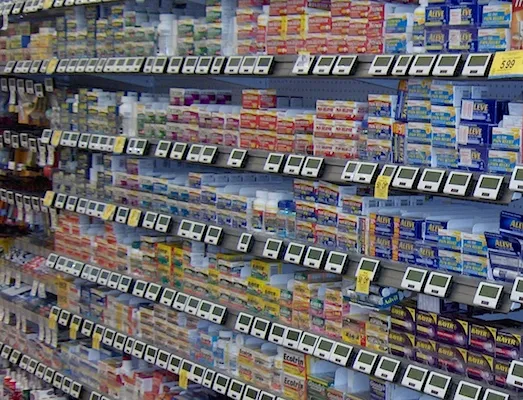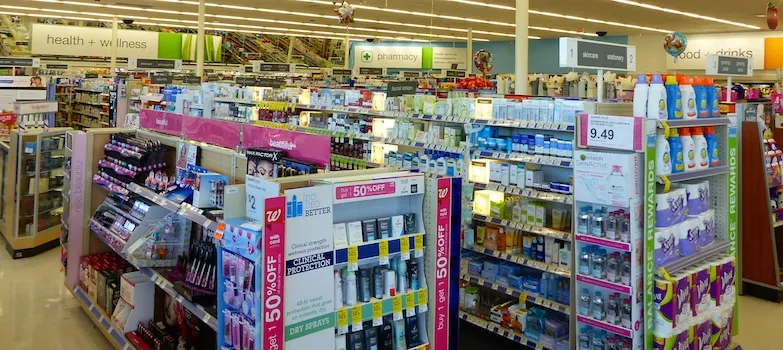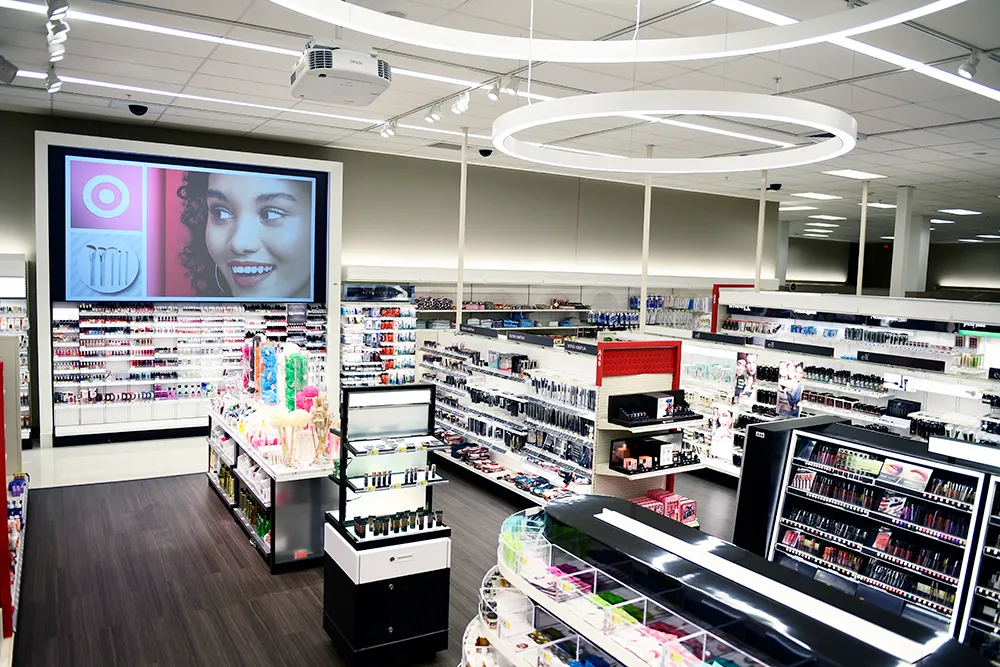Navin Gautam
It is seldom that a trend benefits all key players in a given market, but the proliferation of self-care and the growth of the over-the-counter medication market is one of those trends. Drug retailers, consumers and the U.S. health care system at large have all benefited from the retail availability of nonprescription remedies.
And the trend has legs. With consumers increasingly managing their self-care, there is no indication that the interest in O-T-C medications will decline anytime soon.
O-T-Cs are an especially important opportunity for drug retailers. Those that effectively target, attract, serve and understand consumers focused on self-care can earn an outsized proportion of O-T-C revenue, which totaled $442 billion among U.S. households in 2018.
A recent study conducted by IRI and the Consumer Health Products Association analyzed activity in nine O-T-C categories, which combined make up the majority of O-T-C products purchased in the U.S.
Consumers gain relief and save money
O-T-C products help consumers gain relief from conditions ranging from common colds to allergies, body pain, upper and lower GI tract issues, fungal infections, skin inflammation, and similar conditions without the need to visit a physician and get a prescription.
An estimated 27 million consumers would no longer seek relief through these products if they were only offered via prescription. In fact, for certain conditions, more than 50% of U.S. households turn exclusively to O-T-C products, so these products also provide consumers and the U.S. economy a valuable productivity boost. The study estimates a savings of $34 billion in productivity gains created each year by consumers avoiding physician visits that largely occur during business hours, causing them to miss work.
Many drug retailers may assume that the individuals and households turning to self-care skew heavily toward older consumers, but this is not the case. Nearly 50% of Millennials and more than 40% of Gen Xers turn to self-care as part of a strategy to avoid visiting the doctor.
Health care providers gain focus
The move to self-care and O-T-C products enables the overtaxed U.S. health care delivery system to focus on the diagnosis and treatment of more complex diseases, disorders and conditions that require the direct involvement of a physician, support teams and frequently expensive medical equipment.
The availability of O-T-C medications provides $146 billion in value to the U.S. health care system annually. Each dollar spent by consumers on O-T-C medicines saves more than $7 for the U.S. health care system. O-T-C medical devices used for treatment and testing generate an additional value of $8 billion.
The availability of O-T-C medications generates cost savings in two broad categories. The first is drug cost savings — i.e., the price differential between O-T-C medications and their prescription alternatives. These savings account for $52 billion, or 35% of the total savings.
The second cost savings result from the avoidance of visits to health care facilities, which generates the remaining 65% of the savings, or $95 billion. These visits often occur because consumers must secure prescriptions by visits to medical facilities.
Retailers gain new opportunities
The growth in the O-T-C market has created exciting opportunities for retailers, one that many are leveraging aggressively. In addition to the $442 billion opportunity O-T-C medications represent, O-T-Cs create additional new ways to increase revenue, basket size and loyalty.
Several retailers have created direct-to-consumer (DTC) delivery services. While consumers may use home delivery more for cabinet stocking than immediate relief from pain, offering O-T-C products can be a valuable addition to that service. O-T-C medications often command a higher price and higher profit margins for retailers compared with prescriptions covered by health insurance. The availability of a wide selection of O-T-C products can contribute to pulling in shoppers who may then add other items to their baskets.
Capturing the benefits of self-care
While many retailers have acted aggressively to take advantage of the opportunities O-T-Cs have created, even the most proactive retailers may miss specific wants and needs of their shoppers and can gain incremental revenue and shopper loyalty by taking a new look at their initiatives.
As an initial step of that new look, retailers should ask some critical questions:
• How are the age, income, gender, demographics and other characteristics of my target shopper changing as a result of self-care?
• Who are my high-value shoppers, what messages best resonate with them, and how can I make real-time adjustments that will generate sales lift?
• Which self-care segments skew to my banner, and are all of my touchpoints — including assortments, planograms and promotions — optimized to these segments?
Retailers should consider five strategies as they work to increase revenues and market share from O-T-C products:
• Ensure that the marketing basics are in place, such as understanding who the high-value shoppers are and ensuring that there are strategies in place to engage and excite them.
• Understand in detail what drives consumers to purchase O-T-C products — just a few examples include lessening the effects of aging, preventing future illness, keeping fit and healthy, feeling good about themselves, and feeling responsible for their health and wellness.
• Review the abundance of consumer opinions on O-T-C products that are available on social media through blogs, Twitter, Yelp and Facebook, and incorporate trending opinions into pricing, promotions and other marketing strategies.
• Tie promotions of O-T-Cs to other products across the store, to increase cross-aisle revenue opportunities.
• Collaborate with manufacturers that have well-developed websites containing relevant health information, provide promotions, and encourage shoppers to visit specific retailers rather than attempt to deliver their products to consumers directly.
As older Americans turn to O-T-C medications and self-care to preserve their quality of life, and as younger Americans focus on O-T-Cs to avoid visiting the doctor, the growth of the O-T-C market should only continue. While revisiting key strategies that have served drug retailers well in the past can be a hard pill to swallow, the opportunity to capture new, sustained revenues by optimizing marketing initiatives tied to O-T-C products is well worth the effort.
Navin Gautam is an executive of Client Insights for IRI. He co-authored the report “The Value of OTC Medicines on the U.S. Healthcare System.”









